A new study from the IVL Swedish Environmental Research Institute has shown that the production of lithium-ion batteries is becoming greener. In 2017 IVL, a non-profit research institute, estimated that the production of an EV battery emits 150 to 200kg carbon dioxide per kWh of battery capacity. To put this into perspective, 46% of an EV’s total carbon footprint was being generated at the factory before a single mile had been driven.
In a recently updated 2019 report, IVL has used new data to estimate that production emissions have fallen to 61 to 106kg of CO2 per kWh. Erik Emilsson, an IVL researcher, explained that “emissions are lower now is mainly due to the fact that battery factories have been scaled up and are running at full capacity, which makes them more efficient per unit produced. We have also taken into account the possibility of using electricity that is virtually fossil-free in several of the production stages.”
Indeed, IVL has stated that for production to become more environmentally friendly, manufacturing must move to more sustainable techniques and away from fossil fuel-derived energy. A 2019 study from Imperial College London has shown that decarbonising the UK’s energy production will greatly aid this. Midway through 2019, 55% of the country’s electricity requirements were met by wind, solar, biomass or hydro sources.
Imperial College have predicted that if energy suppliers continue to adopt sustainable resources at the same rate, then in five years’ time an EV bought today could be emitting 10 per cent of the CO2 of an equivalent petrol car.
The new Swedish IVL report also commented on likely future changes to the composition of lithium-ion batteries. As well as lithium, cobalt and nickel are commonly used battery components. IVL have predicted that newer batteries will move away from cobalt and use increasing volumes of nickel. This is because nickel may allow batteries to increase in energy density, and therefore decrease in size and weight. Worldwide supplies of cobalt are also at risk, though increased demand for nickel may put pressure on the supply chain.
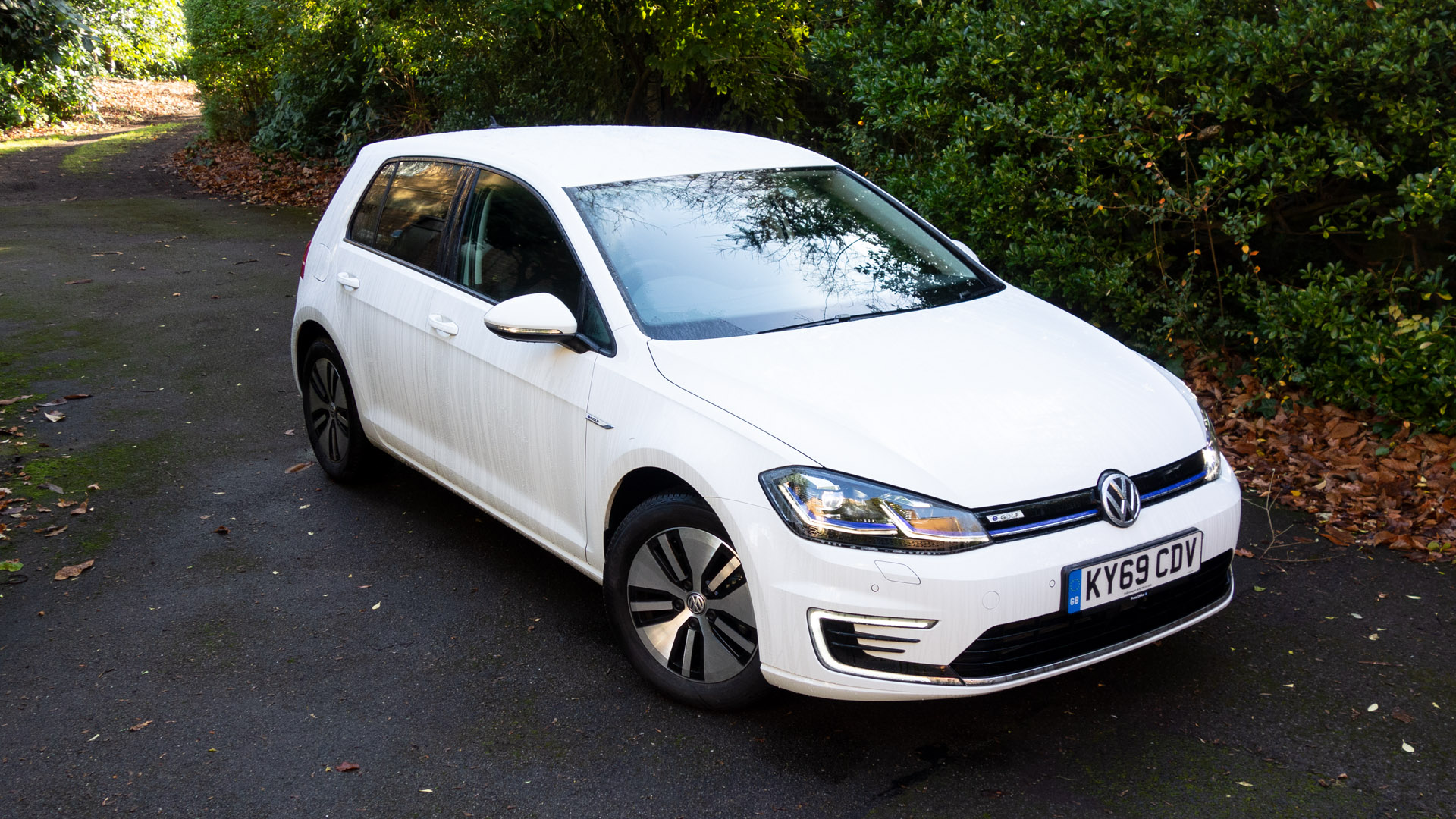
Notably, some EVs are greener than others. The best-selling types of EVs, small hatchbacks, are also the cleanest to drive. Small and light hatchbacks such as the VW e-Up (or the e-Golf, pictured above) have much lower lifetime emissions compared to luxury EVs, such as the Tesla Model X. This is largely due to the energy required to produce luxury EV’s – big 90-100 kWh battery packs reside within the vehicle's floor.
Taking into account the emissions from battery production, Imperial College London has estimated that small EVs will currently ‘repay’ their upfront carbon cost in 2-4 years. Whereas luxury EVs will need 5-6 years of driving to mitigate the CO2 spent during their batteries’ manufacture.
That being said, luxury EV brands are looking to decrease energy expenditure in their vehicles’ production and charging. For example Bentley are working towards smaller, higher density batteries; and Tesla’s Elon Musk recently announced plans to install solar panels on Tesla’s Supercharger stations to end reliance on traditional grid energy; and with upcoming off-grid EV charging units set to become a reality, WhichEV is excited to see developments in the field.

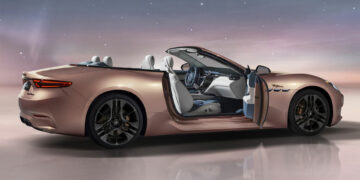

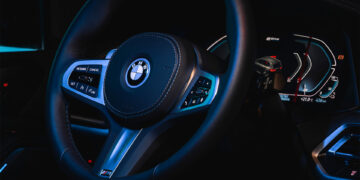

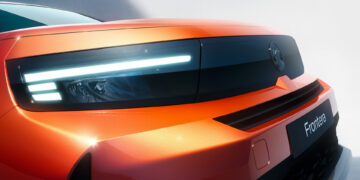
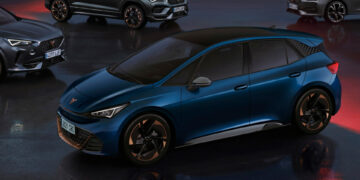

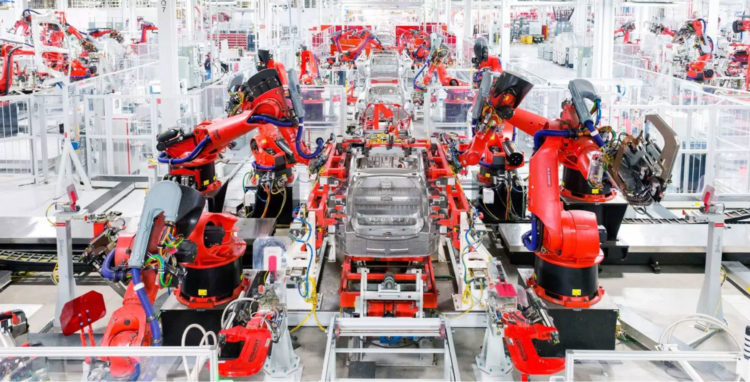






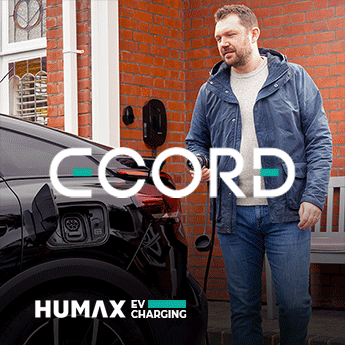
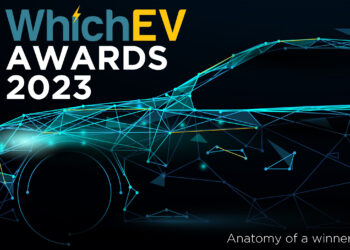
Discussion about this post